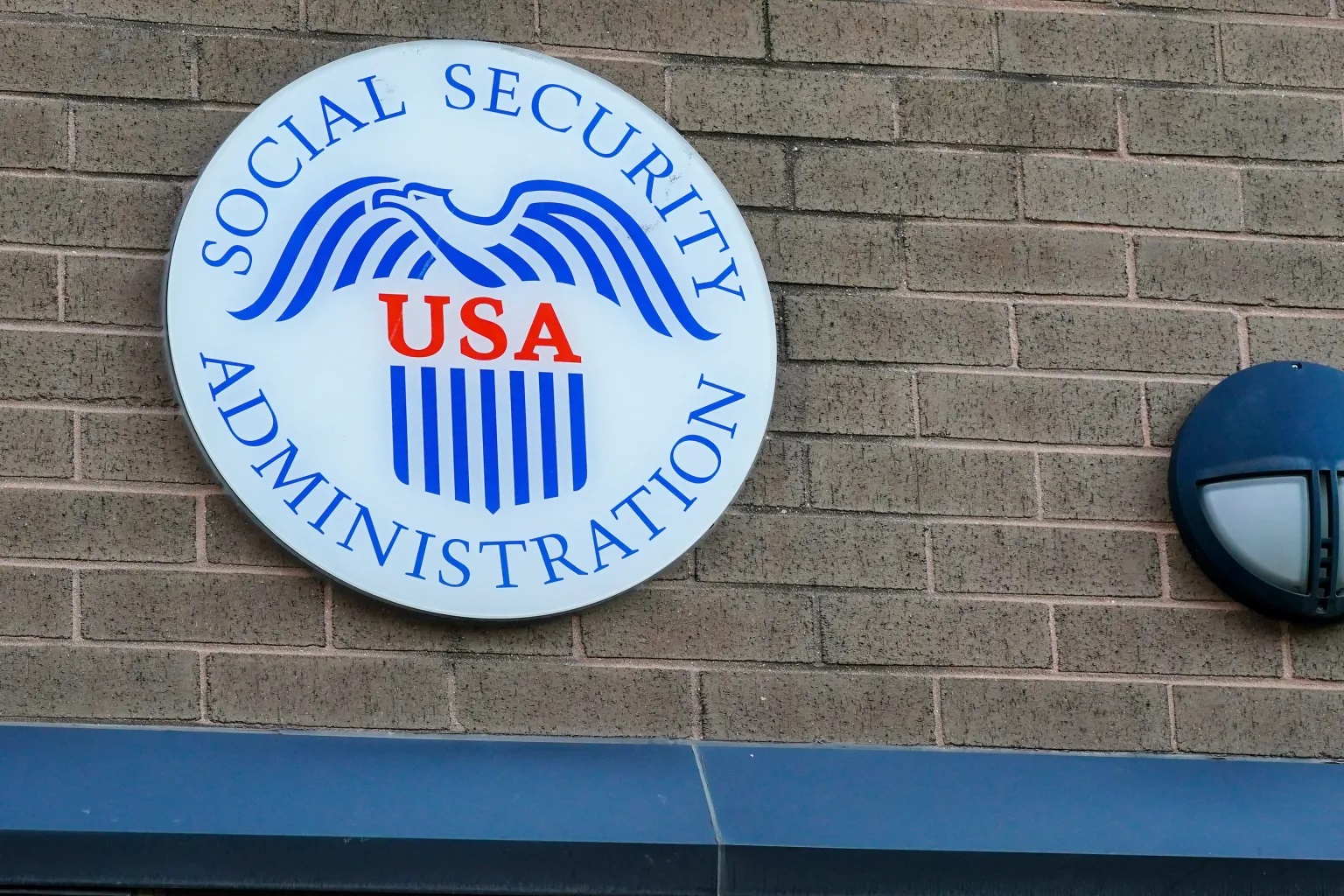Amidst debates and concerns over the insolvency of Social Security, a potential $1 trillion injection into the program could change the course of its future. This week, experts speaking to Congress highlighted the substantial fiscal contributions that increased immigration could offer, particularly as Social Security faces potential depletion by 2035.

Debating Social Security’s Lifeline
During a session of the House Ways and Means Subcommittee on Social Security, Dr. Phillip Swagel, director of the Congressional Budget Office, revealed, “The immigration surge, we project from 2021 to 2026, will result in about $1 trillion in additional revenue.” This statement underscores a critical perspective in the ongoing debate about how to sustain one of America’s most vital programs.
For years, both sides of the aisle have clashed over the best approach to protect the integrity and viability of Social Security. While some suggest increasing taxes on the wealthy, others propose reducing benefits or raising the retirement age. Yet, this week’s testimony introduced a new dimension to the conversation: leveraging immigration policy as a tool for economic stability.
Impact of Immigration on Social Safety Nets
The common narrative often positions immigration as a strain on U.S. resources, including social safety nets. However, budgetary experts and Social Security administrators are now arguing the contrary. Stephen Goss, chief actuary of the Social Security Administration, responded to inquiries from Representative Linda Sánchez about easing legal immigration, saying, “That would make a significant difference.”

This perspective is bolstered by data indicating that over a decade, immigrants could contribute an additional $1 trillion to Social Security, primarily through payroll taxes—even though many may not qualify for benefits themselves.
The Economic Argument for Immigration
The current demographic trends in the U.S., marked by a declining birth rate, exacerbate the pressures on Social Security. More retirees are becoming eligible for benefits, while fewer workers are contributing to the fund. Immigration emerges as a pivotal factor that could mitigate these challenges by introducing more contributors into the system.
Former President Donald Trump has voiced concerns about immigration’s impact on Pension Scheme, asserting that it would harm the program. Yet, officials like Goss emphasize the opposite, considering immigration a net positive in the current demographic scenario.
Looking Towards Reform
The debate around Pension Scheme reform is intensifying as the fund’s projected depletion looms closer. Many Americans express a strong desire to maintain their benefits without cuts. Alex Beene, a financial literacy instructor, sees immigration as a potential “wild card” that could avert financial disaster. “If the United States can gain more workers paying into Pension Scheme, it could prevent the budgetary pitfall we’re all expecting at this point,” he commented.

Chuck Czajka, a certified Social Security claiming strategist, suggests that raising the retirement age could be part of the solution, asserting, “Ultimately, I believe Pension Scheme is too big to fail… Increasing the full retirement age to age 70 would be a start.”
As the dialogue continues, the integration of immigration policy into the strategy for preserving Social Security offers a fresh and potentially transformative approach to one of America’s most pressing economic challenges.









